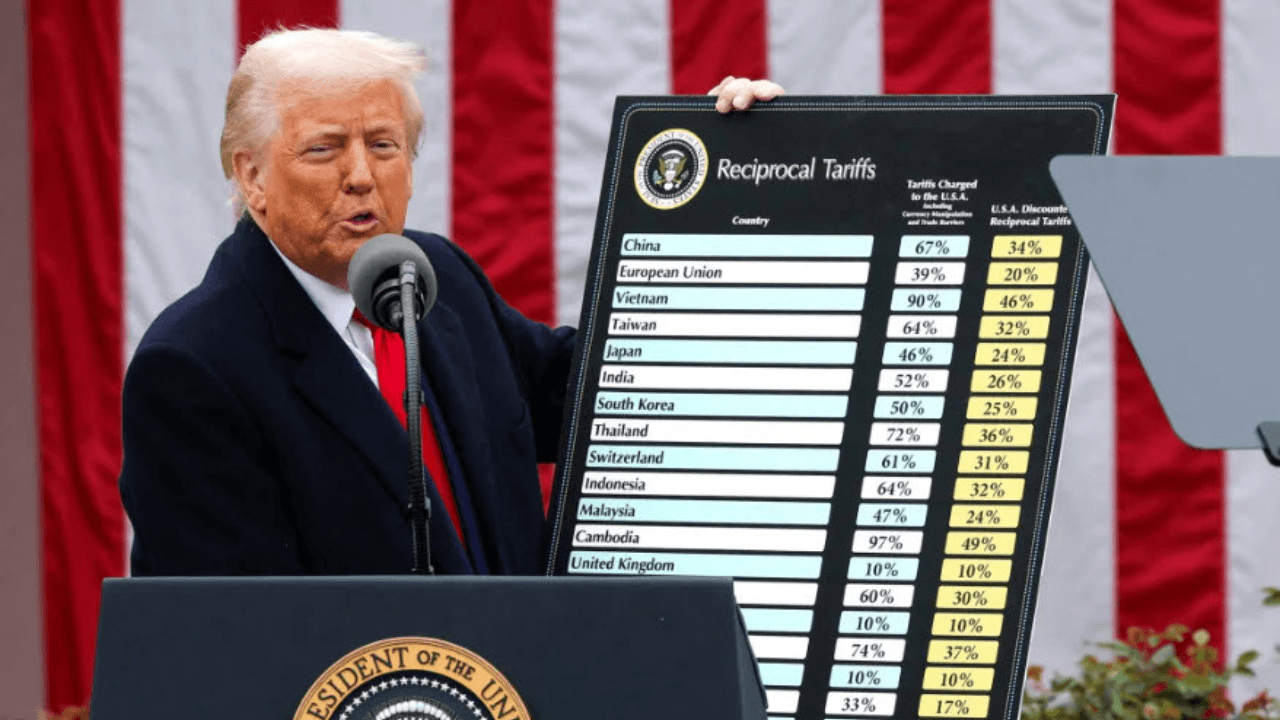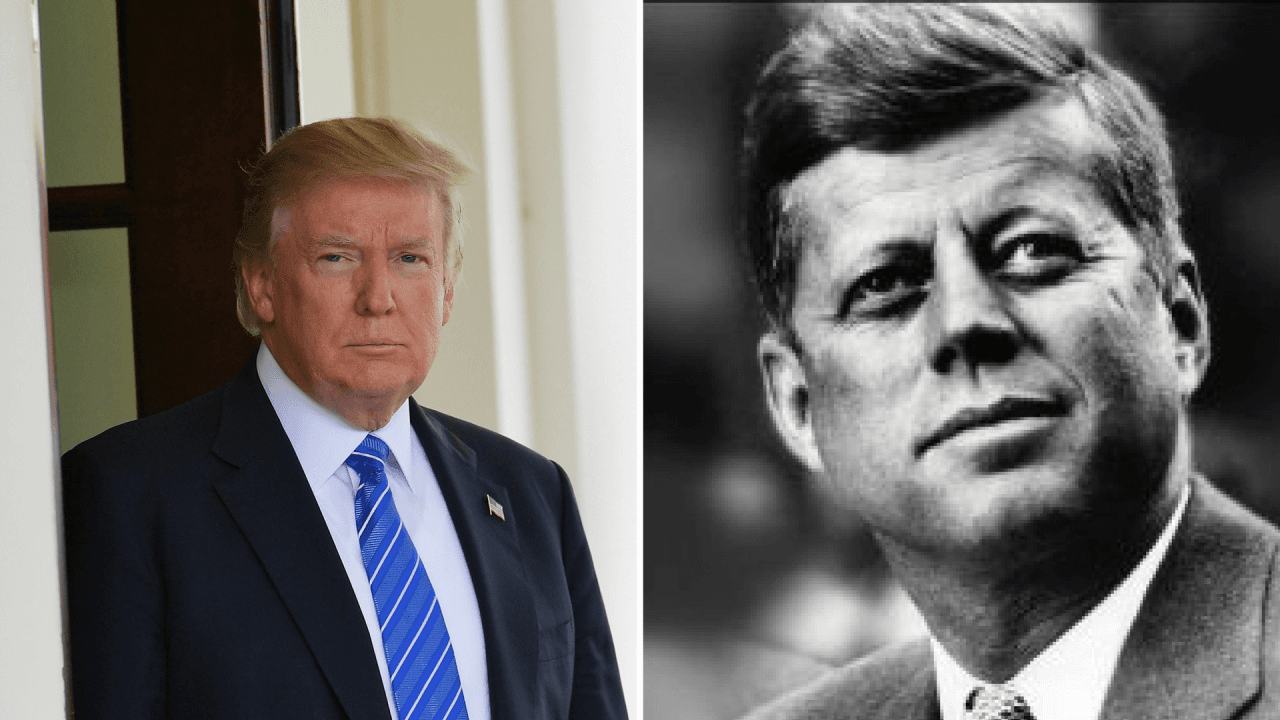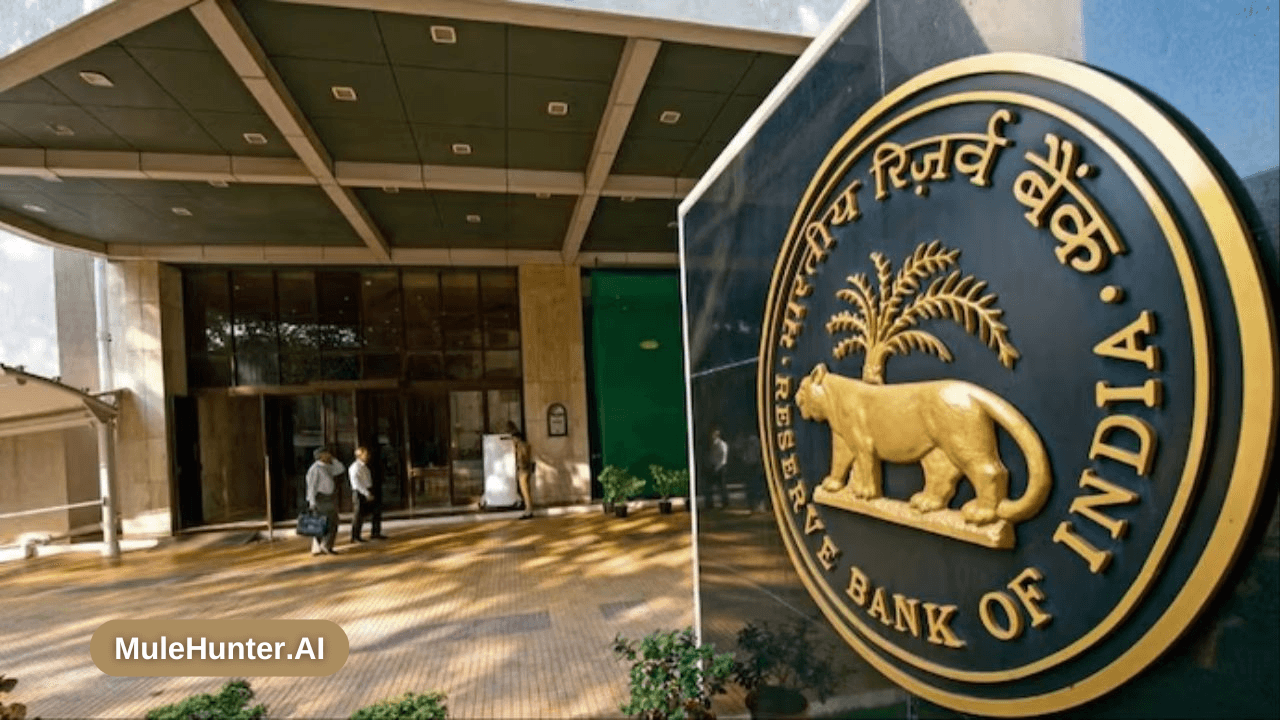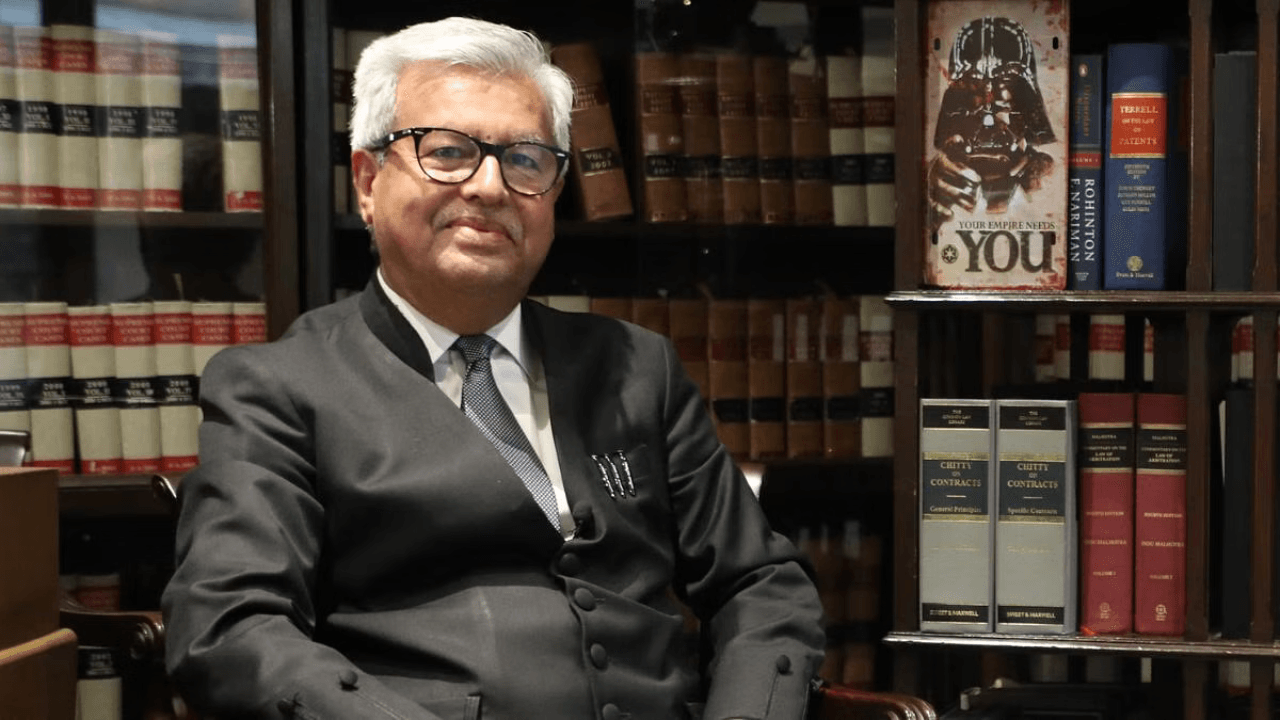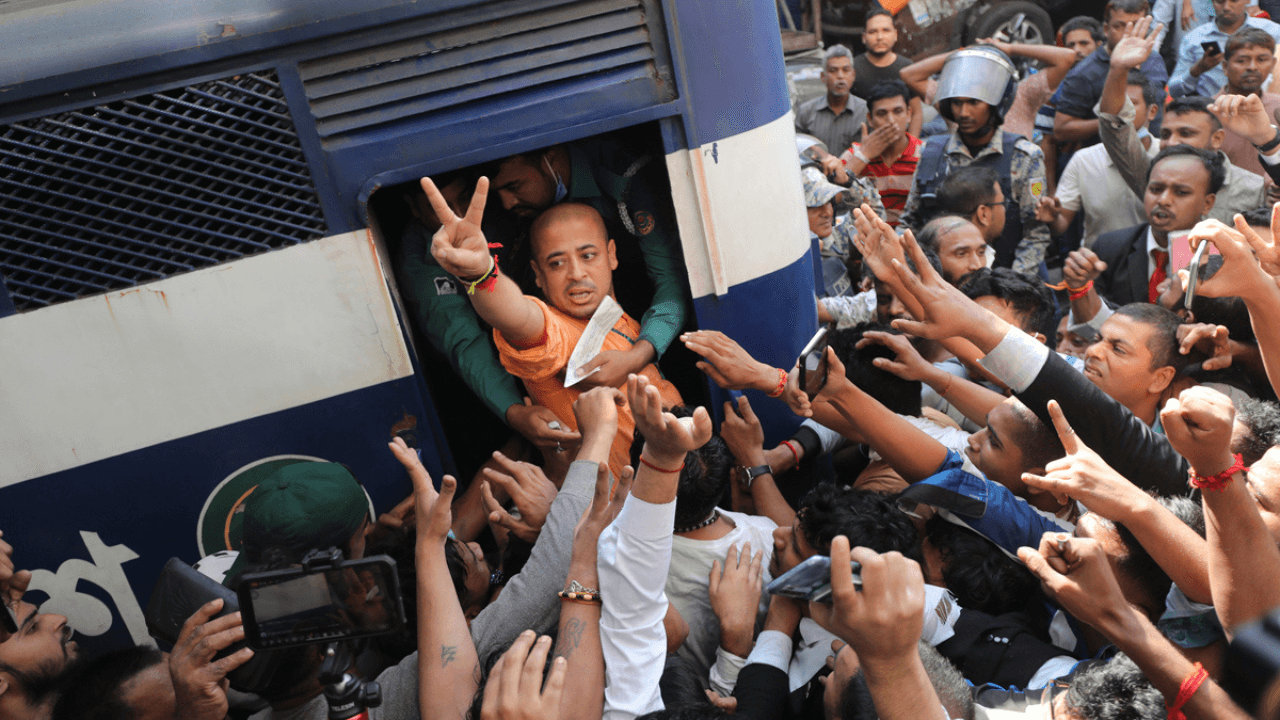The first inaugural Joint Commanders’ Conference (JCC) held in Lucknow on September 4, 2024, marks a significant step in the evolution of India’s military strategy and operational readiness. Under the theme ‘Sashakt and Surakshit Bharat: Transforming Armed Forces’, this conference brings together the highest echelons of the Indian Armed Forces, including Chief of Defence Staff General Anil Chauhan and the chiefs of the Army, Navy, and Air Force. This gathering is not merely ceremonial; it signals a pivotal moment in addressing the convolution of modern warfare.
In his opening remarks, CDS Gen Anil Chauhan underscored the necessity of integration across various military domains. This focus on jointness is critical as the nature of warfare evolves, driven by advancements in technology and shifts in geopolitical dynamics. Gen Chauhan’s emphasis on effect-based operations highlights a strategic fulcrum towards outcomes rather than mere actions, a mindset that is essential for effective military engagement in an increasingly unpredictable environment.
The discussions at the conference reflect a deep understanding of the current security landscape and the pressing need for a cohesive military structure. The establishment of command and control centers, equipped with the necessary infrastructure for swift decision-making, is a crucial step towards operational effectiveness. This approach not only enhances the military’s responsiveness but also fosters a culture of collaboration among the three services. The transition from cross-service cooperation to a fully integrated joint operational capability is a commendable ambition, one that requires commitment and sustained effort.
A crucial aspect of the conference was the acknowledgment of the need for modernization. As threats become more sophisticated, the Indian Armed Forces must adapt and innovate to maintain strategic autonomy. Gen Chauhan’s remarks about operational preparedness resonate with the urgency of the times; military readiness is not just about having the right tools but also about cultivating a mindset geared towards adaptability and resilience.
The attendance of Defence Minister Shri Rajnath Singh on the second day of the conference adds another layer of significance. His engagement with senior officials and military leaders will likely shape the policy directions that emerge from this gathering. The collaboration between political leadership and military command is vital for ensuring that strategic decisions are informed by ground realities and operational insights.
Critical appraisal of this joint defence operation needs to assess certain things within the armed forces fraternity. During my time in Kashmir, I interacted with DIG CRPF operation DK Singh in detail about security challenges and bureaucratic hurdles. In the border area where militants are active. Advance weaponization could be one way to combat these challenges. Nonetheless, information warfare tactics in the digital imperialistic era are crucial to safeguard our interests.
The first Joint Commanders’ Conference is a landmark event that sets the stage for a more integrated and responsive Indian military. The emphasis on jointness, modernization, and strategic autonomy reflects a forward-thinking approach necessary to navigate the complexities of contemporary security challenges. As India positions itself as a key player on the global stage, the outcomes of this conference will undoubtedly influence the trajectory of its defense policy and military capability in the years to come.


